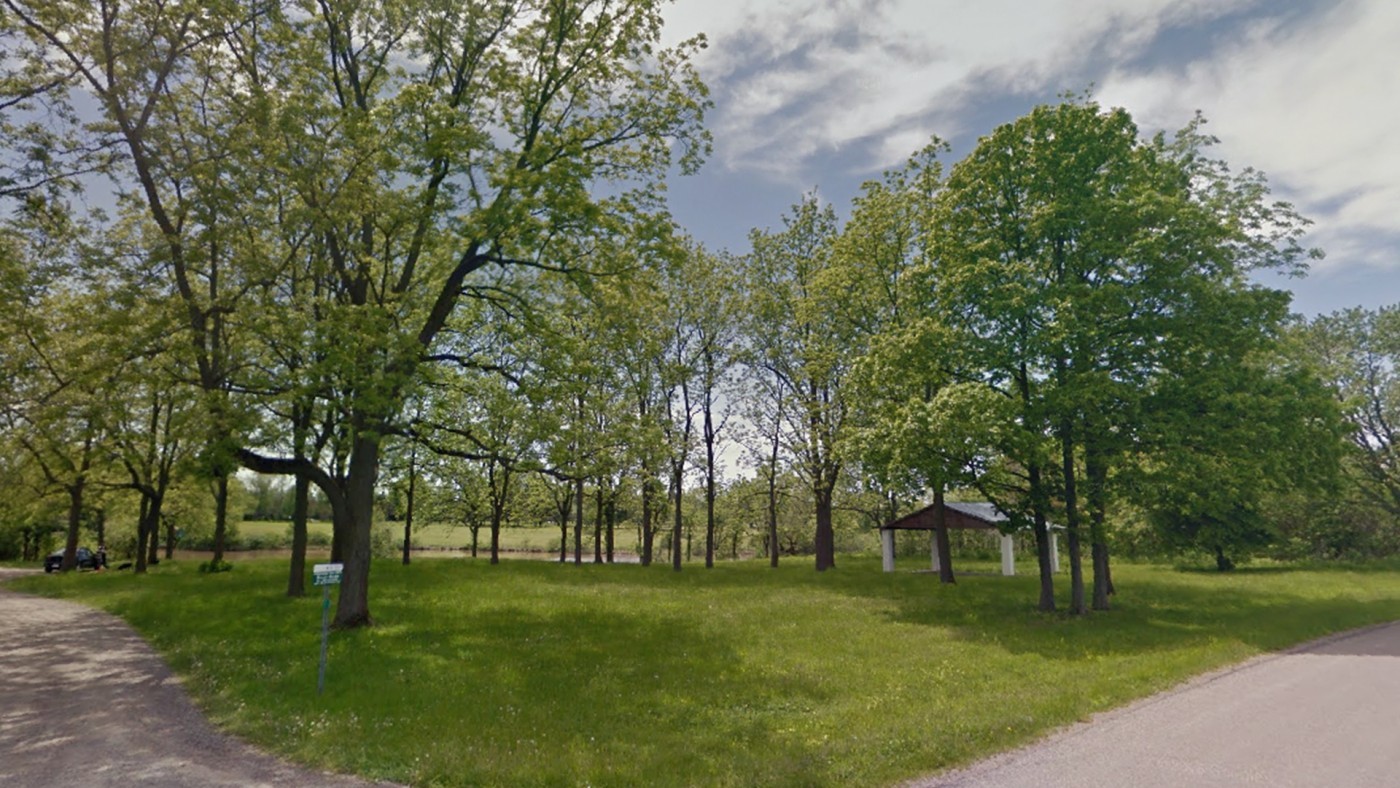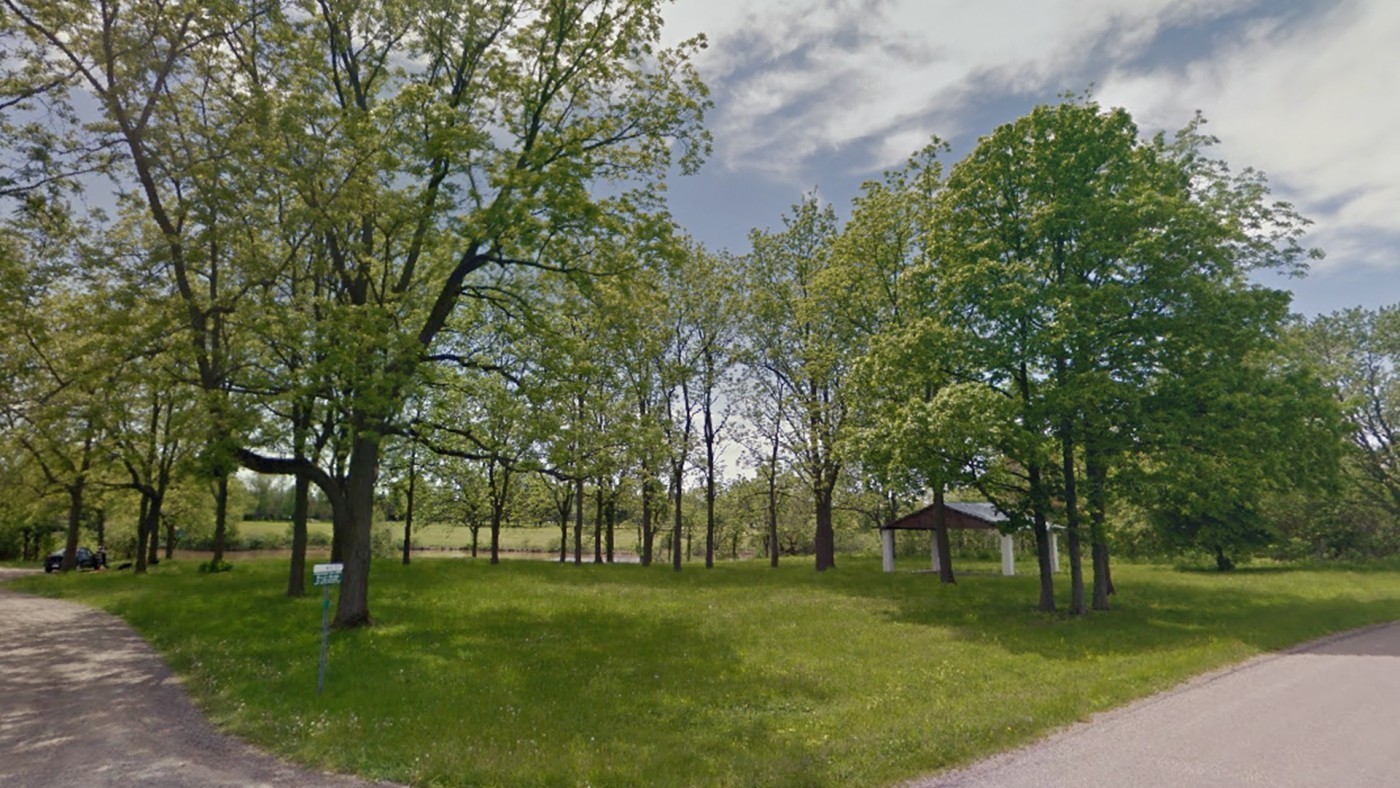A tree removal project is currently underway at E.C. Brown Conservation Area (E.C Brown) to control the European Black Alder (EBA), an aggressive species that has invaded the meadow and wetland habitat at the site. As a result, portion of the conservation area will be closed from October 24 to 28, while the boat launch property and west parking lot will remain open to the public.
European Black Alder is an invasive tree from the Birch family and is native to European and Western Asia. It was introduced to North America by early settlers as a windbreak for landscaping and firewood. This species threatens native wetlands and riparian species because of its aggressive and rapid growth that creates dense shade. Additionally, it fixes nitrogen, adding it to the soil through its roots, changing the composition of the soil and making it difficult for some native species to survive. If left unchecked, this invasive tree will continue to spread throughout the site, eliminate the meadow habitat, and threaten multiple species.
“We recently worked with Ecosystem Restoration students at Niagara College to map and record the population of EBA at E.C. Brown,” said Adam Christie, Director of Conservation Areas at Niagara Peninsula Conservation Authority. “They attempted to remove some trees by hand through a community volunteer day, but many well-established trees are quite large and require professional removal. We have taken recommended best practices and management guides from the Invasive Species Centre and Ontario Invasive Plant Council, to develop a plan for the control EBA at this site.”
The EBA trees at E.C. Brown will be removed by cutting and the stumps will be painted with the herbicide glyphosate, to ensure they do not grow back through re-sprouting. The cut trees will be removed from the site to avoid the impact on the future growth of the meadow and to remove the abundant seeds present on the trees. The trees will not be replaced, as it is intended for this part of property to remain a meadow habitat, typically containing primarily native grasses and wildflowers. The site will be monitored in the spring of 2023 to determine the success and next steps for the control of EBA, as it is expected that complete eradication will take multiple years.
The project will be completed using various tools and equipment that will cause noise during regular business hours. The fall was chosen for the removal as it is outlined in the best practices for EBA control, and it ensures the trees are removed outside of migratory bird breeding season.
Click here for more information about E.C Brown Conservation Area and this project. Learn more about the Niagara Peninsula Conservation Authority, visit www.npca.ca. Follow on Facebook, Twitter, and Instagram for more updates.
—30—
About NPCA:
The Niagara Peninsula Conservation Authority (NPCA) is a community-based natural resource management agency that works to protect, enhance, and sustain healthy watersheds. With 61 years of experience, the NPCA offers watershed programs and services that focus on flood and hazard management, source water protection, species protection, ecosystem restoration, community stewardship, and land management.
The NPCA is one of 36 Conservation Authorities in the Province of Ontario and manages 41 Conservation Areas within the Niagara Peninsula watershed held in public trust for recreation, heritage preservation, conservation, and education. These natural and shared greenspaces marry nature, culture, and adventure to create limitless opportunities for discovery.
Questions related to the above release should be directed to:
Erika Navarro, Communications Specialist
905.788.3135 ext.262
Mobile: 905-650-4027
enavarro@npca.ca

